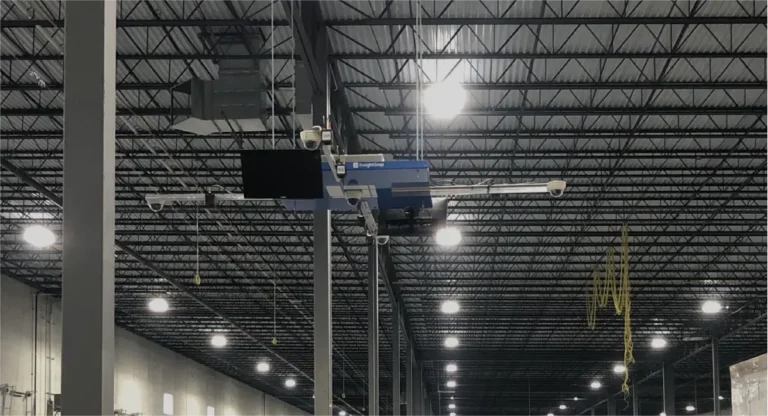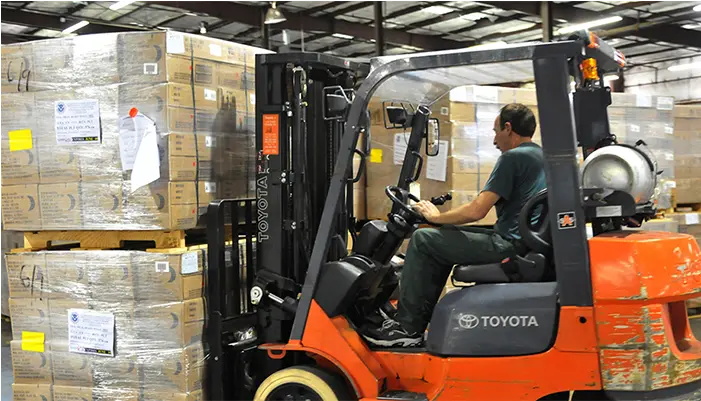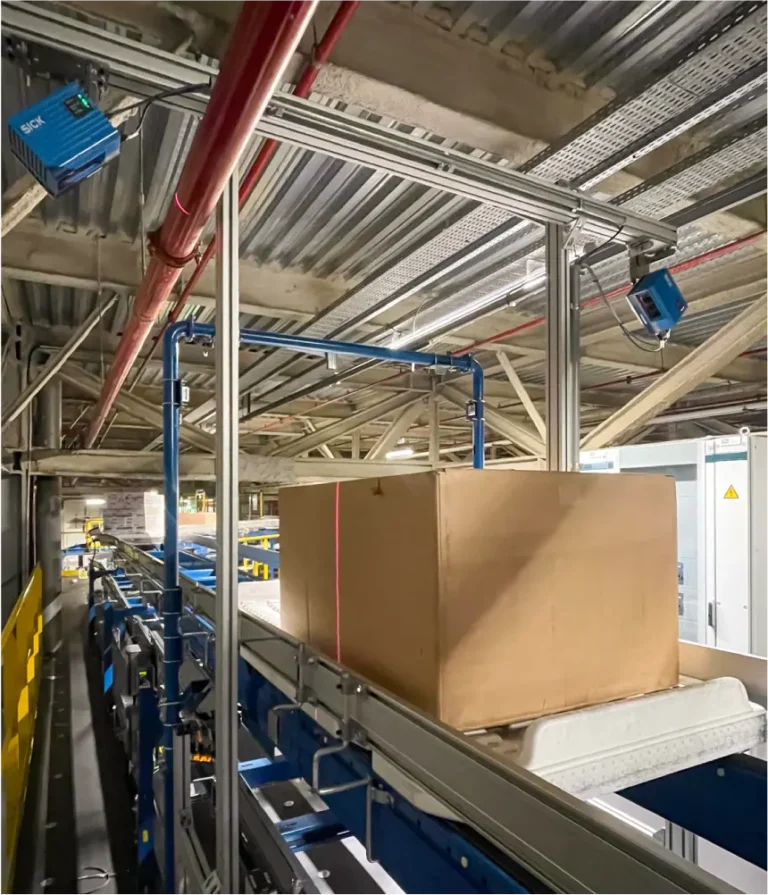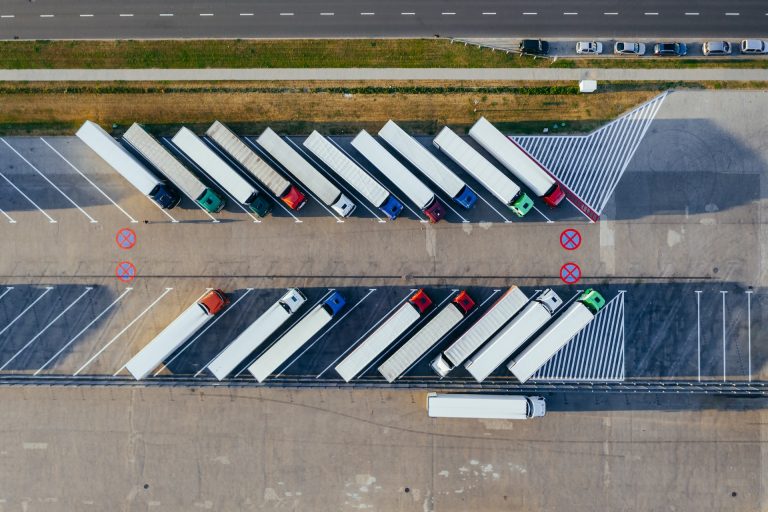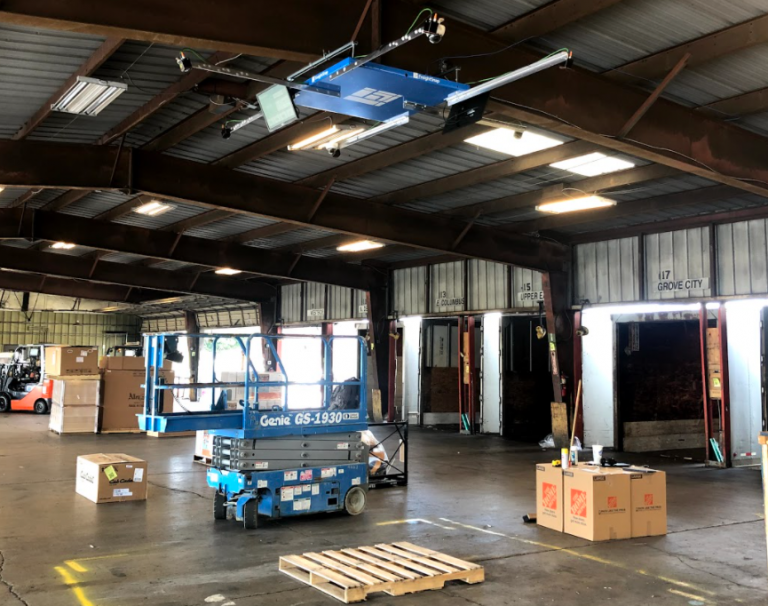Demand for quicker delivery has put added pressure on warehouse inventory managers who are tasked with optimizing the fulfillment process so items get picked, packed, and out the door on schedule. As a result, they’re always looking for new ways to optimize operations and improve workflow within the warehouse. This article presents four ideas that can help these managers achieve their goals.
Field Suggestions from Floor Staff
Before you decide to overhaul any part of your process or facility, make sure to get input from the people who work on the front lines of your operation – the pickers, stockers, loaders, unloaders, and drivers. They’re the ones who know your processes best (for better and worse), and the ones who are likely to be most affected by changes on a day-to-day basis. Foster an open conversation and ask them where their biggest issues arise, which tasks take the most time, and what kinds of ideas they have for improving. Ask if there are any tools or equipment that could make their jobs easier. You’ll likely learn something new or useful, and even if you don’t, the conversation itself gives your staff a chance to feel heard and may encourage more regular and productive dialog.
Store Goods Up as well as Out
Storage space is limited inside most warehouses, which is why it’s important to maximize the vertical space you have available. If you’ve been tasked with increasing storage capacity inside an existing facility, consider building up. Products that are shipped less frequently can live near the top, while products that move fast can be kept lower where they’re easier and quicker to access.
Take Regular Looks at Demand and Layout
Fulfillment trends can change regularly. Products that were your fastest movers six months ago might be sitting longer on your shelves today. It can be helpful to take yearly, semiannual, or even quarterly looks at product demand, which allows you to optimize product placement and revise your facility layout accordingly.
Focus on Loss Prevention
Loss of inventory due to damage or theft can have a huge impact on your bottom line, which is why taking steps to minimize this loss is crucial. It’s important to keep records of all your damaged goods, noting when and how they were damaged if possible. This makes asking for refunds or credits from suppliers and manufacturers to cover your losses easier. Most companies are happy to reimburse you for damaged goods in order to maintain a profitable working relationship.
If theft (internal or external) is an issue, consider investing in additional security equipment like cameras or access badges and tags. You many also look at installing checkpoints throughout your process to track product movement. This not only helps you determine where products are getting lost, but may also help you identify areas where processing mistakes are consistently made, or where products slow down for longer than they should.
For more articles like this, subscribe to our newsletter!
Was this article helpful?
Michael Eichenberg is the co-founder and CEO of FreightSnap, allowing the supply chain, logistics, manufacturing, distribution and transportation industries to measure, weigh, photograph and ID pallets and parcels in just seconds. Learn more and share your ideas on Facebook and LinkedIn.



